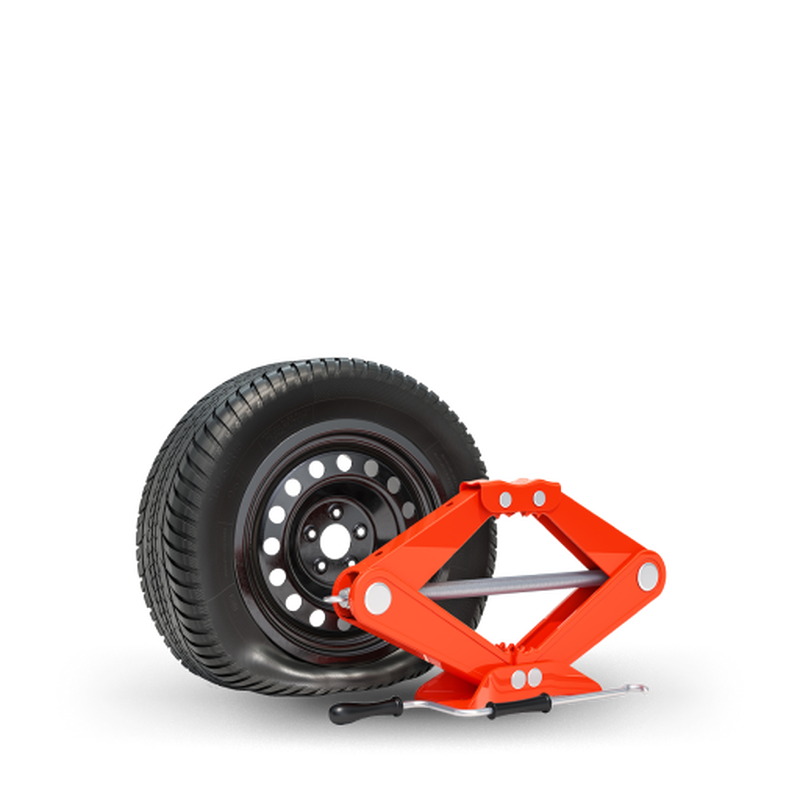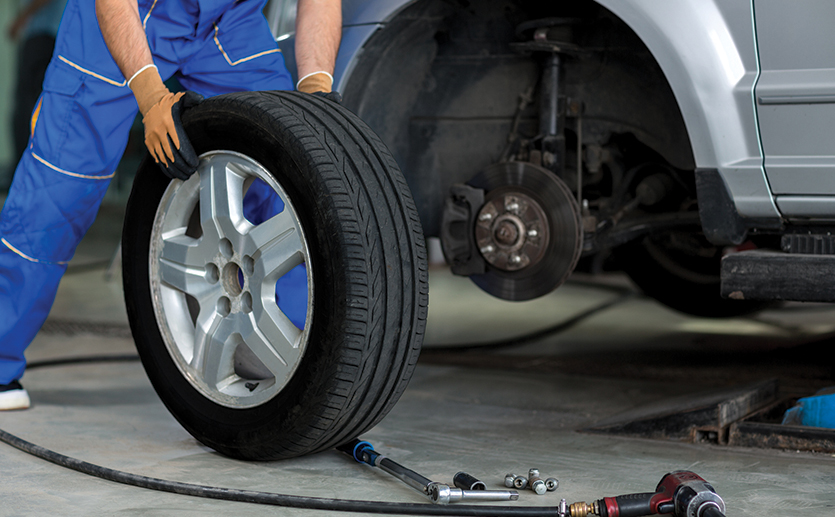Morris Tires: Your Companion for Specialist GMC Tires Service
Morris Tires: Your Companion for Specialist GMC Tires Service
Blog Article
Tire Service: The Influence of Climate Condition
When it comes to ensuring optimal performance and safety and security on the road, comprehending the impact of climate conditions on tire solution is vital. GMC Tire Service. In this conversation, we will explore the detailed relationship in between weather condition problems and tire service, dropping light on the significance of weather-specific tire maintenance techniques and considerations.
Heat and Tire Performance
When exposed to high temperatures, tires experience changes in performance that can considerably influence vehicle safety and security and handling. The heat generated from prolonged driving or hot weather condition conditions causes the tire rubber to soften, leading to lowered tread life and raised wear.

Winter Impacts
Cold climate conditions can have a substantial impact on tire performance and safety and security. In cool weather, tires might likewise shed air pressure more rapidly, which can influence dealing with and gas performance.
To alleviate the effects of winter on tires, it is crucial to routinely examine tire pressure and inflate them to the maker's recommended degrees. Utilizing winter months or all-season tires developed for winter problems can additionally enhance traction and hold on icy or snowy roads. Appropriate tire upkeep, including regular assessments for wear and damage, comes to be also extra critical throughout chillier months to ensure optimal performance and safety and security.
Rainy Issues Effect
During stormy problems, tire efficiency and safety can be dramatically influenced by the damp road surface areas and decreased presence. The step pattern of tires plays a vital function in preserving traction on wet roadways. Tires with worn-out footsteps are more prone to hydroplaning, where a layer of water accumulates between the roadway and the tire surface, resulting in loss of traction. To combat this, motorists ought to regularly examine their tires for appropriate walk deepness and take into consideration purchasing tires specifically created for damp problems.
Furthermore, rainy weather condition can likewise lower exposure, making it challenging for chauffeurs to see the road ahead clearly (GMC Tire Service). In such conditions, it is necessary to readjust driving rates appropriately and maintain a safe complying with Resources range to allow for abrupt stops. Correctly inflated tires can additionally help in keeping control on wet roads by providing far better handling and grip
Snow and Tire Security
Snow-covered roadways posture distinct difficulties for motorists, emphasizing the importance of correct tire selection and maintenance. When driving in snowy problems, having the best tires can make a significant difference in safety and performance. Winter season tires are developed with special rubber compounds and step patterns to offer far better grip on snow and ice contrasted to all-season tires. The much deeper treads and sipes of winter tires aid hold the roadway much better, decreasing the risk of gliding and slipping.

It is essential to comply with producer directions when mounting and utilizing tire chains to prevent damages to the tires and automobile. By choosing the appropriate tires, maintaining appropriate rising click now cost of living, and considering additional traction help like tire chains, drivers can enhance their safety and security when navigating snow-covered roads.
Weather-Related Tire Maintenance
Weather-related tire maintenance encompasses a variety of techniques intended at guaranteeing ideal tire feature and longevity in different climate circumstances. One essential element of weather-related tire upkeep is tire stress regulation. Inspecting tire tread regularly and replacing tires when walk wear reaches a certain depth is essential for maintaining grip and stability in unfavorable climate.
Final Thought
To conclude, climate problems have a significant effect on tire performance and safety. From warm affecting tire pressure and wear to winter minimizing traction, it is vital to consider the weather when keeping and using tires. Stormy conditions can lower grip and lead to hydroplaning, while snow can increase the risk of accidents if tires are not properly furnished. Weather-related tire maintenance is essential in making sure optimum efficiency and security when driving.
In this discussion, we will certainly check out the detailed relationship in see it here between weather problems and tire solution, dropping light on the relevance of weather-specific tire maintenance practices and factors to consider.

Report this page